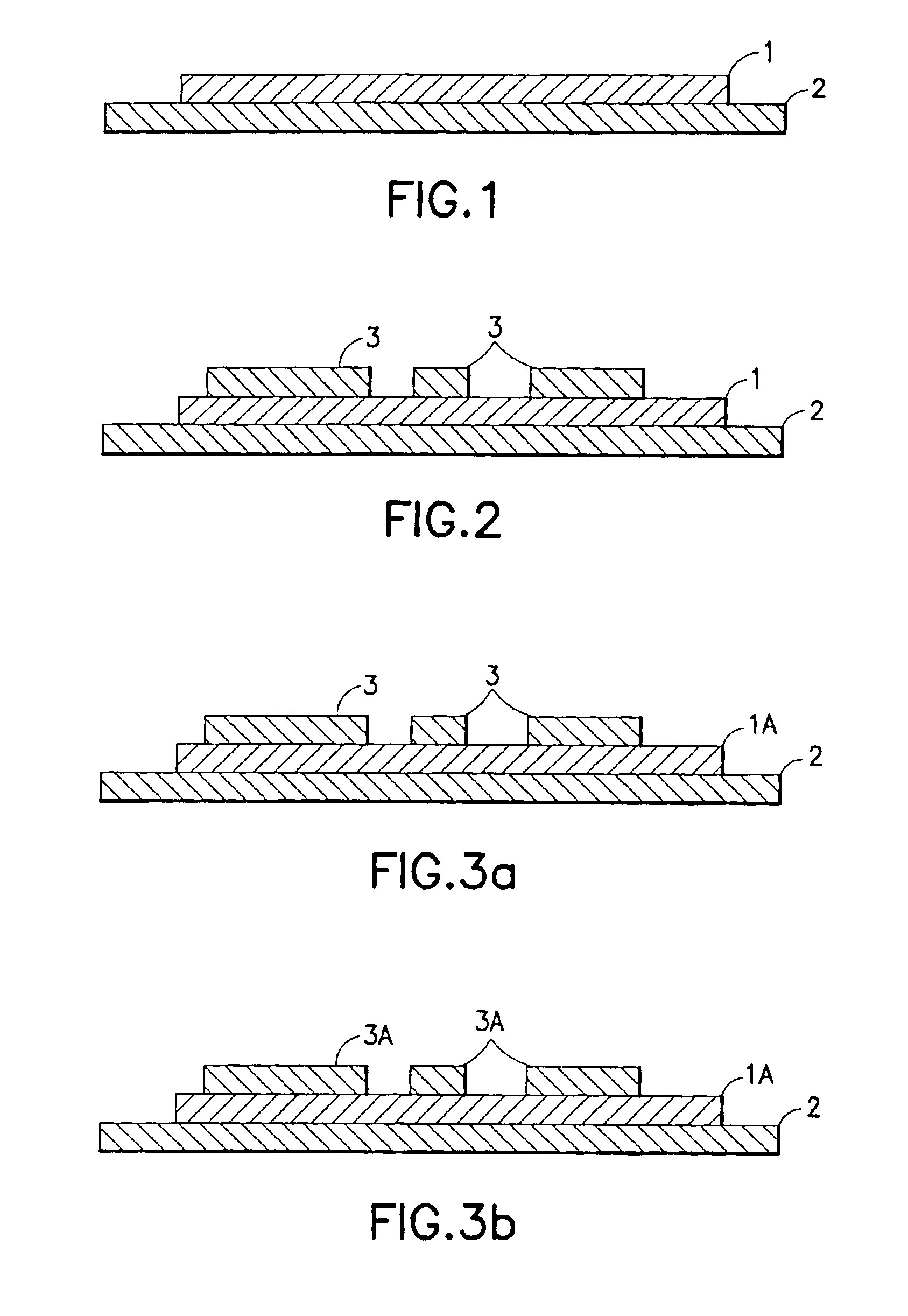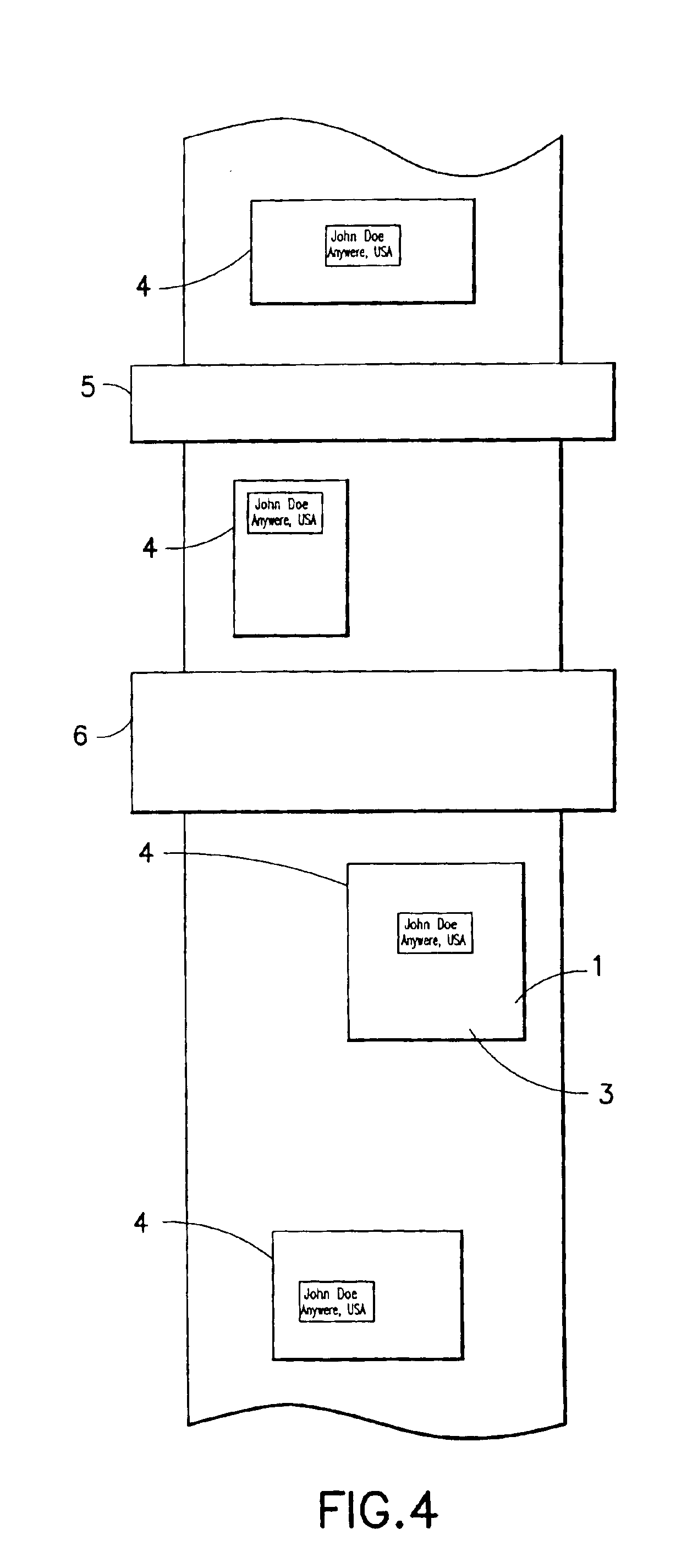Thermochromic compositions of color formers and lewis acids
a technology of color formers and compositions, applied in the field of color formers and lewis acids, can solve the problems of ineffective use of existing technology, problems, incorrect or incomplete information of system operators and/or automated equipment, etc., and achieve the effect of effective operation
- Summary
- Abstract
- Description
- Claims
- Application Information
AI Technical Summary
Benefits of technology
Problems solved by technology
Method used
Image
Examples
Embodiment Construction
[0044]This invention employs selected materials to provide for an invisible or unobtrusive marking system wherein a marking does not obscure underlying and / or surrounding information under ambient environmental conditions, while the marking system provides a degree of marking quality necessary to permit use of optical imaging systems for reliable interpretation of the marking.
[0045]It should be realized that the teachings of this invention could be employed to mark and subsequently identify one to many articles. This system can therefore be used in a wide variety of applications ranging from instances where invisible or unobtrusive markings may be read on an infrequent basis, to large scale sorting applications and other similar processes. These teachings are thus not limited for use with mailing systems, but can be applied in a number of different types of application, including as non-limiting examples the marking and sorting of bank checks and the marking and possible sorting of ...
PUM
| Property | Measurement | Unit |
|---|---|---|
| temperature | aaaaa | aaaaa |
| wt % | aaaaa | aaaaa |
| temperature | aaaaa | aaaaa |
Abstract
Description
Claims
Application Information
 Login to View More
Login to View More - R&D
- Intellectual Property
- Life Sciences
- Materials
- Tech Scout
- Unparalleled Data Quality
- Higher Quality Content
- 60% Fewer Hallucinations
Browse by: Latest US Patents, China's latest patents, Technical Efficacy Thesaurus, Application Domain, Technology Topic, Popular Technical Reports.
© 2025 PatSnap. All rights reserved.Legal|Privacy policy|Modern Slavery Act Transparency Statement|Sitemap|About US| Contact US: help@patsnap.com



